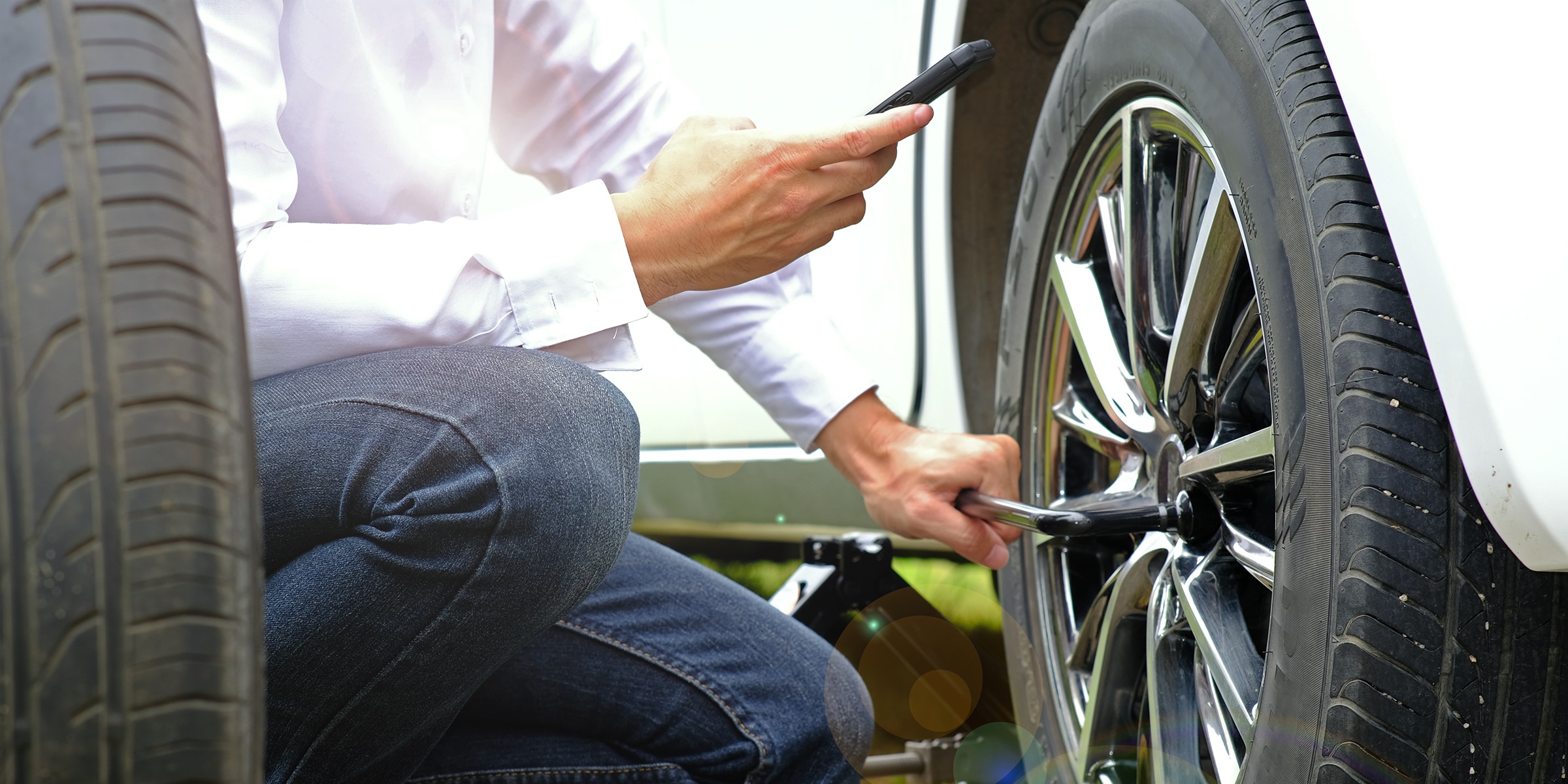-
Tires
While most passenger car and truck tires follow a similar sizing convention, Light truck tires sometimes (especially in the larger off-road sizes) utilize flotation sizing, which can make comparing sizes somewhat less obvious. While the tire's spec page or tire size calculator will give...
-
Tires
Tire treadwear/mileage warranties have become a popular marketing tool used by most tire manufacturers (and some independent retailers) to help position some of their tires competitively in the marketplace and to help indicate their potential longevity to consumers. Today they range from 30,000...
-
Tires
Tread depth is a vertical measurement between the top of the tread rubber to the bottom of the tire's deepest grooves. In the United States, tread depth is measured in 32nds of an inch. Because it is difficult to accurately measure tread depth with a ruler, tread depth is best measured with a...
-
Tires
Sports cars are often described as vehicles that "stick to the road." Sports car tires make a major contribution to this phenomenon. These tires are very complex products meeting numerous, largely contradictory demands. Finding the proper structure that balances these demands for any given...
-
Tires
Revolutions Per MileRevolutions per mile indicates the number of times a tire revolves while it covers the distance of one mile. Depending on the tire manufacturer, revolutions per mile may be either measured in a laboratory or derived from calculations based on their previous test experience....
-
Tires
Michelin Total Performance identifies the company's global strategy of developing tires capable of simultaneously delivering superior levels of performance in the key areas of safety, fuel efficiency, grip, longevity and durability. Through Michelin Total Performance, Michelin is maximizing...
-
Tires
Diagonal tread wear is intermittent angled wear across the face and all of the way around the circumference of rear tires. It is caused by incorrect rear wheel toe settings that direct the tires to follow a path slightly different than the vehicle. Uneven and unusual tire wear patterns...
-
Tires
How Slow Do You Have to Go?The origin of tire speed ratings can be traced to Europe where they were needed to match high-speed tire durability with the unlimited vehicle speeds permitted on roadways like the German Autobahn. And even though the highest speed limit in the United States is 85...
-
Tires
Tires branded with MOExtended or MOE on their sidewalls identify them as being specifically tuned for Mercedes-Benz vehicles. The Extended portion of the name identifies they feature run-flat tires-like tire characteristics by offering temporary extended mobility. However, since they don't...
-
Tires
What's the difference between the tire sizes of P225/60R16 and 225/60R16? The obvious answer is the "P" in front of the first size, but just what does the "P" stand for and what does it tell us about the tires? P-metric sized tires are the ones with the "P" at the beginning of the tire size,...
-
Tires
Using white rubber to add style to a tire's sidewall dates back into the early 1900s. In those days, the white rubber of wide, whitewall tires not only added style, but also acted as the sidewall's outer protective layer. While most current tires feature black sidewall styling, selected luxury...
-
Tires
Tire compounds are made up of a combination of natural and synthetic rubbers, as well as carbon black and other chemicals. This makes their rubber compounds susceptible to damage from direct contact with gasoline, oil and antifreeze, as well as solvents often found in family garages. Extra care...


